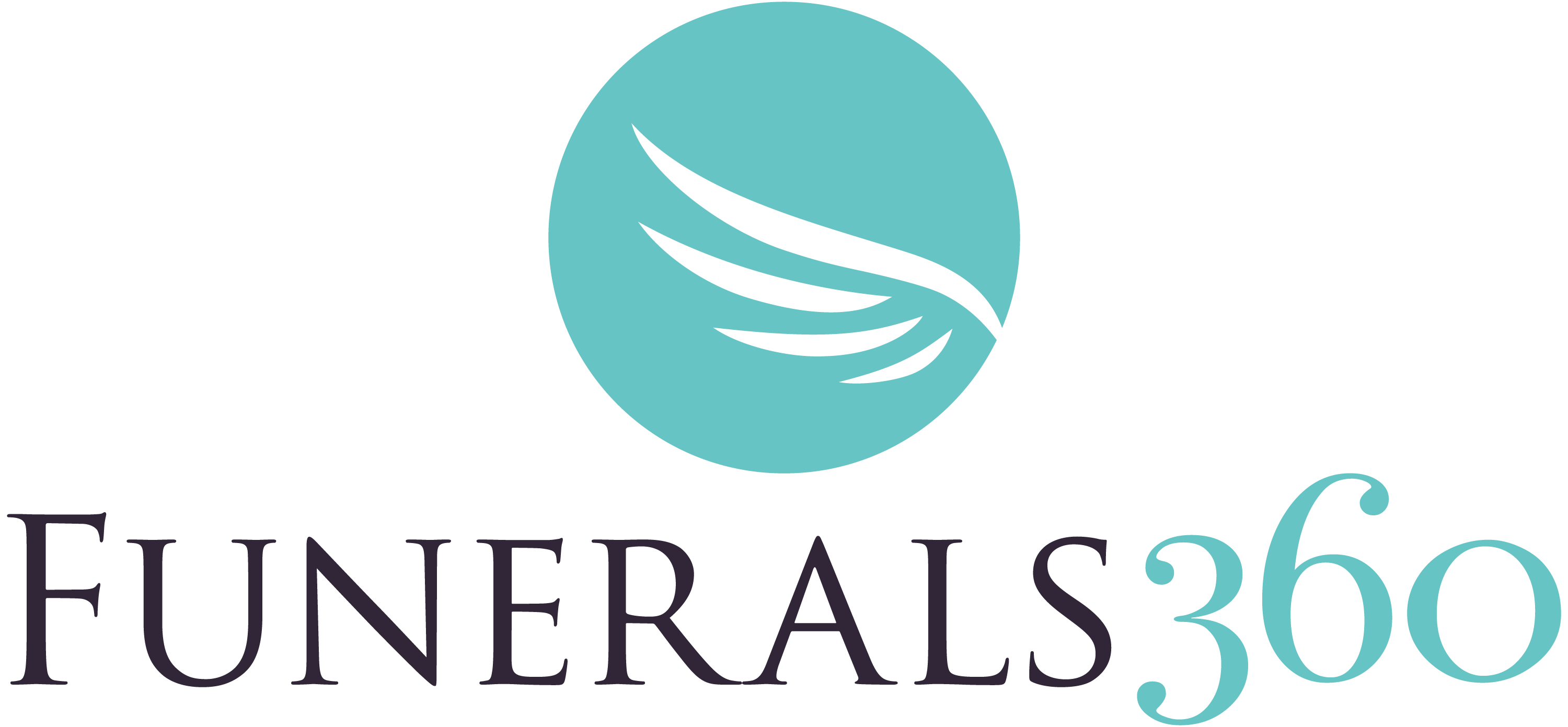When you’re planning for a funeral, a lot of important decisions are made and often on short-notice with very little information provided. One of the most significant costs of the funeral is the casket you choose. There is a lot to consider when it comes to choosing a casket.
There are different caskets to choose from all with different aspects and details, some of which we may find more important than the others. One family may prefer a wooden casket, while another may prefer metal, some may prefer a casket made of more natural, biodegradable materials.
The different terminology that separates one casket from another, presented in a cluster upon the page, may confuse many people. To help you understand these differences, we are outlining details about the different aspects of a casket which will hopefully simplify the process of choosing a casket.
Before we begin, we would like to discuss one of the main discrepancies in casket terminology. Contrary to popular belief, a coffin and a casket are not the same thing. They have a different design and shape, which sets them apart from one another. Specifically, a coffin has six sides, while a casket has four. To learn more, check out our article discussing the difference between a coffin and a casket.
Wooden Casket, Metal Casket, or Green Casket?
Determining whether you prefer a wooden casket, a metal casket, or a green or eco-friendly casket for your funeral is your first choice. This is simply a matter of preference.
Wood caskets and metal caskets have low-cost varieties and high-cost varieties while green caskets are generally lower cost across the board. Noc asket is designed to last forever, so do not pick one that is "more protective" than another. With time, both the casket and the body inside will breakdown and return to earth. In fact, that is what a green casket is designed to do.
Green caskets are also known as "eco-friendly" caskets. Made of natural materials such as bamboo, banana leaf, rattan (wicker), sea grass, cardboard, or a simple wood (like pine), these caskets have far less complexity to them. To learn more about green burials and eco-friendly caskets, read:
Wooden Caskets
Wooden caskets have far less technical terminology used in describing its details since wooden caskets do not have the gaskets or hand cranks that metal caskets sometimes do (see below).
Metal caskets
Metal caskets on the other hand, have a few more terms associated with them. Read on below to learn more about the different Technical and Decorative terminology associated with caskets.
Technical Casket Terminology
-
AWC – "all wood casket" or "all wood construction" refers to “Jewish” caskets that are constructed of 100% wooden materials and contain no metal pieces
-
End crank or a Casket Key – a handle placed into the side of a metal casket (and sometimes wood caskets) that helps mechanically pressurize the lid down to the bottom of the casket to tighten the seal on a gasketed casket
-
Gasket – the rubber lining between the lid and casket base of a metal casket
-
Non-gasketed – referred to metal caskets that are spot-welded and do not have a rubber gasket that sits between the lid and base of the casket. Non-gasked caskets do not use casket keys.
-
Welded – a process that happens during the manufacturing of a gasketed metal casket where all the metal edges and seams are continuously welded together
-
Spot Welded - when the edges of a metal casket are welded together, but the metal is not continuously welded along the side and the bottom
-
Sealed – an old term used to refer to gasketed [metal] casket
More to Consider about caskets:
Whether welded or spot-welded, almost all seams and corners of the casket are covered by decorative hardware.
Hardwood caskets NEVER have a gasket, but may have an end-crank/casket key to secure the lid.
Casket Colors
All metal caskets—steel, stainless steel, copper, or bronze—can be painted to change the final appearance.
Additionally, the paint can be brushed to give a different look, lending the nomenclature of "brushed finish" to a casket that has undergone that process.
Wood caskets are stained to achieve different colors and finishes such as mahogany, cherry, walnut, etc. Once stained, a clear coated us applied on top of the stain.
Decorative Casket Terminology
Cloth-covered
Cloth covered caskets are cardboard or partical board caskets that are covered in cloth.
Casket Edge Design Options:
1. Square Cornered Standard Straight Design Casket

2. Square Cornered Urn Design Casket

3. Round Cornered Design Casket

4. Round Cornered Urn Design Casket

5. Straight Side – Round End Casket

Many of the caskets sold via funeral home are made by the largest American manufacturers who do not sell direct to the consumer, meaning they are only available for purchase via select funeral homes. These brands include: Batesville, Matthews, Aurora (now part of Matthews), and Schuylkill Haven to name a few.
However, many other companies, both domestic and foreign, manufacture and distribute via local store-front retailers or online such as Costco, Walmart, Amazon, and other online retailers.
You can also contact a local craftsman to design and build a casket, or you can even build your own. For some instructions and guides on building your own wood casket, see:





